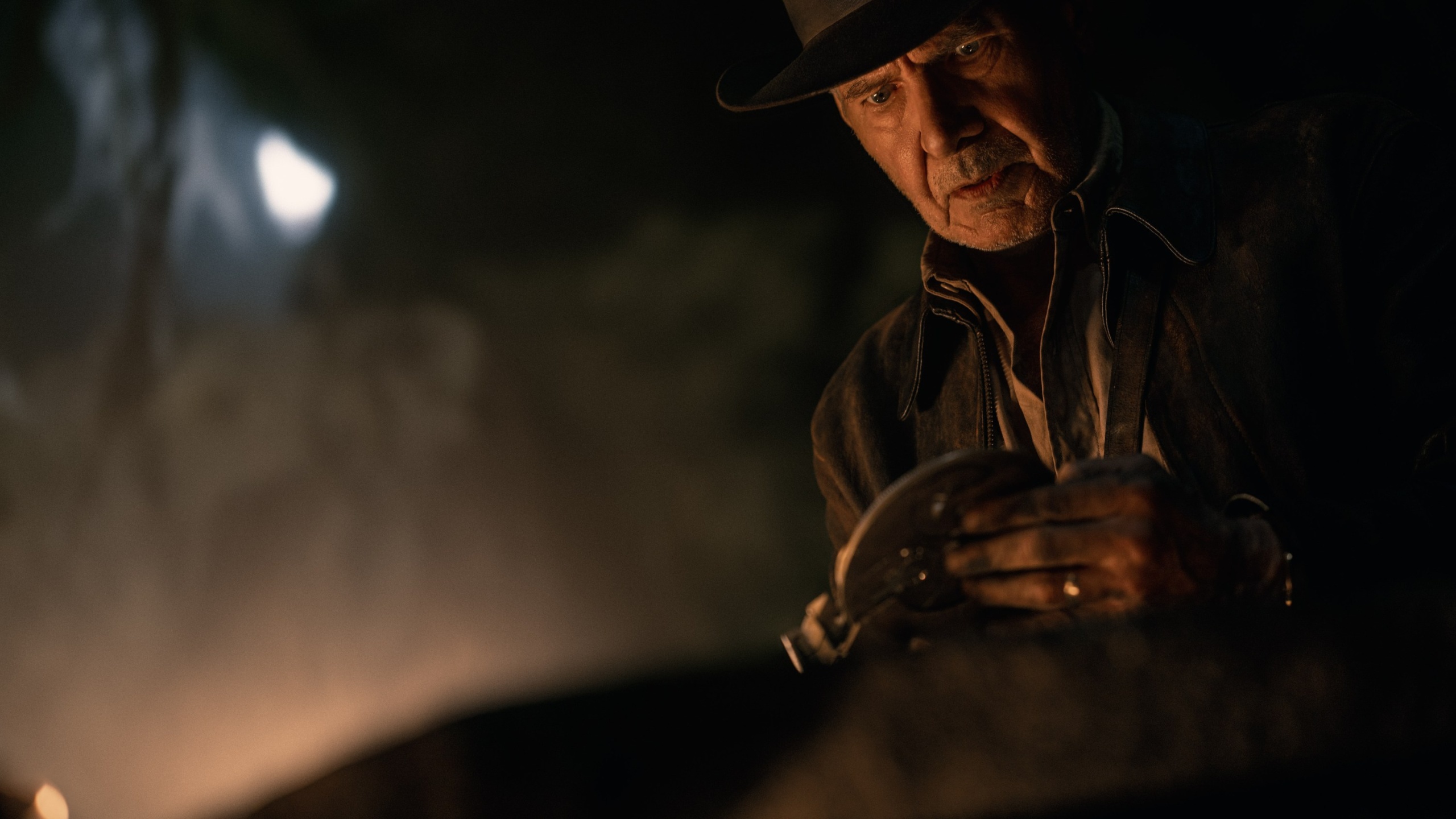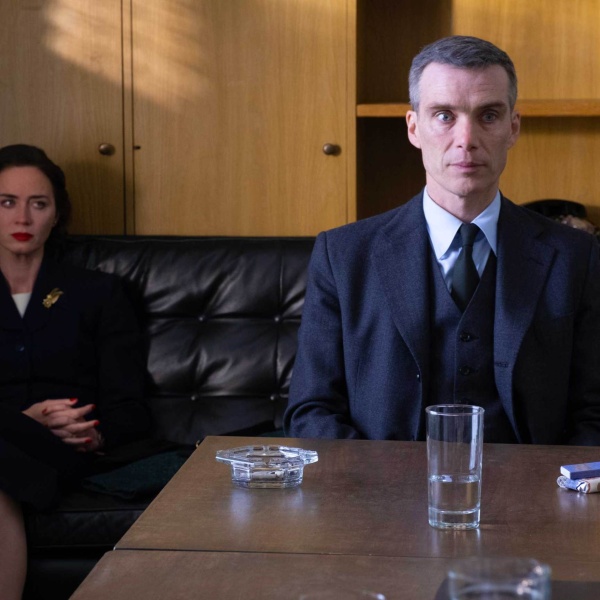[Editor’s note: The following interview contains spoilers.]
Harrison Ford’s Indiana Jones is back in fine form for swan song “The Dial of Destiny,” dodging former Nazi rival Voller (Mads Mikkelsen) alongside estranged goddaughter/treasure hunter Helena Shaw (Phoebe Waller-Bridge) while chasing after Archimedes’ Antikythera (the titular dial).
But director James Mangold fully embraced the senior daredevil archaeologist being out of step in the turbulent ’60s, putting Indy firmly in the time period by collaborating with production designer Adam Stockhausen (“Asteroid City”) on several action-packed historical recreations. Audiences see everything from the Nazi castle and plunder train during the 1944 prologue (boasting a de-aged Ford by ILM) and the Apollo 11 astronaut ticker-tape parade in New York City to the Ear of Dionysius cave in Sicily and a battle with the invading Romans in 213 BCE.
“We had a very unusual early process where I was able to do sketching work in real-time as [Mangold] was developing the script,” Stockhausen told IndieWire. “We were able to test out ideas for the main sequences to see if they worked visually and how they fit together. We worked on the whole story this way.”
The design process (assisted by set decorator Anna Pinnock and supervising art director Martin Foley) began with Sicily, home of legendary Greek mathematician Archimedes. The Antikythera he invented was a mechanical model of the solar system used to predict the relative positions and motions of the planets and moons. However, Mangold elevated it into a more fantastical time travel-enabling device split into two pieces for the globe-trotting treasure hunt.

“He was thinking about Archimedes as a main ingredient and so we started where the story starts — in Sicily, where he lived,” Stockhausen continued. “We looked at the Ear and thought it could make a good entrance into the [Archimedes] tomb sequence. I didn’t necessarily think we would end up shooting there, but as we got into scouting Sicily, it started to offer more and more pieces that were helpful to us in putting the whole thing together. It’s sort of rare and wonderful when something works out so well and you get to film at one of the places that first inspired an idea.”
For the battle in ancient Syracuse, the goal was to make it as gritty and real as possible to minimize blue screening by ILM (under the production VFX supervision of Andrew Whitehurst). “We were shooting in Sicily again, and up at the very tip in the northwest corner was an old tuna fishing canning site,” Stockhausen said. “And so there’s this crumbling wreckage of this building, but it’s in the most spectacular sort of natural bay, and so we augmented it and grew the city behind it. Andrew and his team developed the whole city beyond the walls as well as the Roman navy. But we used a lot of the old stone board, a lot of the old sandstones of this building as the basis of our ancient Syracuse.”

The World War II opening depicting the American advance in occupied France consisted of both on-site and sound stage shooting. The beautiful hall for the plunder was shot at Bamburgh Castle in Northumberland (among the films they referenced was “Where Eagles Dare”), while the interior train shots were done on stage at Pinewood. “There is just so much actual material. Hitler had a train there. There’s great documentation on it, not to say that we copied it exactly,” Stockhausen said. “But there’s just a huge amount to springboard it off, the kind of ‘Monuments Men’ tracking of the arts and the entire Nazi plunder regime.”
But Stockhausen’s most elaborate re-enactment was the New York leg of the Apollo 11 ticker-tape parade (shot on location in the central business district of Glasgow, Scotland). The parade took place a month after the July 20 moon landing and culminates with the surreal sight of Indy racing for his life on horseback from Nazis and CIA agents, climaxing in the New York City subway.
“We kind of lifted it as much as we could from the look of it,” said Stockhausen. “Taking the London crew up to Glasgow was much more reasonable than everybody flying to New York. They were really open to closing down the streets for the [two weeks] that we needed them. It was a really big footprint there. I can’t imagine being able to shut down Park Avenue for that length of time. It required lots of storefronts, lots of signage, there’s digital extension, but as you see in the film, he’s on horseback moving at speeds. So we had a lot of set to work with and just the atmosphere itself of putting on a big parade with 500 people. We had two long avenue blocks in New York terminology. And then the side streets were all dressed up, all shop fronts, all signs.”

The subway sequence, though, was shot at Pinewood because they didn’t have access to the London tube or the subway museum in Brooklyn used for “Bridge of Spies.” “We had to run the horse and do the practical horse stunts on the set,” he added. “And so that had to be built. So we were in the 007 stage at Pinewood and built from one end to the other end and out the door. “
How fitting with Ford doing his final turn as the Bond-inspired Indy outmaneuvering the over-matched baddies and CIA agents. “It was a rare and incredible opportunity,” Stockhausen said.




